Our Custom Landing Page Design service delivers high-impact landing pages tailored to specific marketing campaigns or promotions. We design pages with clear, focused calls to action (CTAs) and engaging content, all optimized to capture leads and drive conversions. Whether you need landing pages for paid search campaigns, product launches, or lead magnets, our design ensures a seamless user experience that converts visitors into customers. Additionally, our landing pages are SEO-optimized to improve visibility and performance in search engines.
A Custom Landing Page Design is tailored to a specific campaign, product, or service, offering users a focused and optimized experience. Unlike generic pages on a website, landing pages are usually standalone, with a single goal (known as a Call to Action, or CTA) such as collecting leads, promoting a product, or encouraging sign-ups. Here’s an overview of what goes into custom landing page design:
Key Elements of Custom Landing Page Design
- Clear Objective
Every landing page is built around a single goal or conversion objective. Whether it’s generating leads, increasing newsletter subscriptions, or selling a product, the page should have a laser focus on this purpose.
- Audience Targeting A custom landing page is designed for a specific audience or segment. The language, design, and messaging must resonate with the users who arrive on the page, often through targeted ads, emails, or other marketing campaigns.
- Strong, Clear Headline The headline is one of the first elements visitors see. It should be attention-grabbing and clearly communicate the offer or value proposition. A strong headline helps users understand what they will gain from staying on the page.
- Engaging Visual Design Custom landing pages often have a distinct visual style that supports the campaign or product being promoted. The design should be clean, modern, and visually engaging while remaining consistent with the brand’s identity.
- Images: Use high-quality images or videos that support the message.
- Color scheme: Colors should align with the brand but also highlight key sections, like the CTA button.
- Typography: Readable fonts, properly sized for different devices, are essential.
- Effective Call to Action (CTA) The CTA is the most important element of a landing page. It should be visually distinct (e.g., brightly colored button) and clearly instruct visitors on what to do next (e.g., “Sign Up Now,” “Get a Free Quote”). Some tips for an effective CTA:
- Be action-oriented: Use words like “Get,” “Start,” “Try,” or “Download.”
- Create urgency: Phrases like “Limited Time Offer” or “Join Now” can motivate users to act quickly.
- Position prominently: CTAs should be above the fold and repeated further down the page if necessary.
- Compelling Copy The text on the page should be concise and focused on the benefits of your offer. Keep these points in mind:
- Benefit-driven content: Focus on how the product/service solves the user’s problem or enhances their life.
- Bullet points: Use lists to break down features or key points quickly.
- Trust elements: Include testimonials, reviews, or statistics to build credibility and trust.
- Minimal Navigation Most landing pages minimize or eliminate navigation bars to keep users focused on the conversion goal, reducing distractions that might lead users away from the page.
- Lead Capture Form (If Applicable) If your goal is to collect leads (e.g., for an email list, demo, or consultation), your form needs to be simple and not ask for too much information upfront. For instance:
- Short forms: Asking only for essential details (e.g., name and email) increases conversion rates.
- Optimized placement: Forms should be easy to find, usually above the fold or directly after the value proposition.
- Mobile Optimization With a large percentage of users accessing landing pages via mobile devices, ensuring the page is fully responsive and loads quickly on mobile is critical. Buttons, forms, and other elements should be easy to interact with on smaller screens.
- Trust Signals Adding trust indicators can reassure users about the legitimacy of your offer. Examples include:
- Customer testimonials: Highlight reviews or quotes from satisfied customers.
- Certifications or endorsements: Display logos of industry recognitions, certifications, or partners.
- Security badges: For landing pages that collect personal information, showing SSL certificates or secure payment symbols increases trust.
When designing a custom landing page, it’s essential to include features that maximize engagement, improve conversion rates, and align with your business goals. Here’s a list of key custom landing page design features:
1. Clear Value Proposition
- Headline: A bold, attention-grabbing headline that quickly communicates the primary benefit or value of the offer.
- Subheadline: A supporting subheadline that further elaborates on the value of your product or service.
2. Strong Visual Hierarchy
- Organize content visually, guiding the user’s eye toward key information using size, color, and placement.
- Hero Image/Video: A prominent, high-quality image or video that reflects the product or service.
- Use contrast to highlight CTAs (Call-to-Actions), key benefits, and important messages.
3. Call-to-Action (CTA) Buttons
- Primary CTA Button: It should stand out and be persuasive (e.g., “Get Started,” “Claim Your Offer”).
- Ensure CTA visibility by placing it above the fold and repeating it in strategic places as the user scrolls.
- Use action-oriented language that prompts users to take immediate action.
4. Form Design
- If your landing page collects information, keep forms simple and focus on minimalism (i.e., fewer fields for higher conversions).
- Include clear form labels, error validation, and privacy assurances (e.g., “We’ll never share your email”).
- Inline form vs. Pop-up form: Decide if you want the form directly on the page or appearing in a pop-up triggered by a CTA.
5. Responsive Design
- Ensure the landing page is fully responsive and looks great on desktops, tablets, and smartphones.
- Use mobile-friendly navigation, touch-friendly buttons, and appropriately scaled images and text.
6. Trust Elements
- Social Proof: Testimonials, reviews, case studies, or logos of trusted clients or partners.
- Trust Badges: Secure transaction icons, certifications, or endorsements that increase credibility.
- Include media mentions or partnerships if applicable.
7. Engaging Copy
- Keep copy concise and benefit-oriented.
- Use bullet points to list benefits and features clearly and concisely.
- Use power words and emotional triggers to engage visitors.
When designing a custom landing page, payment protection ensures that both the client and designer are protected throughout the transaction process. This can be particularly important for freelancers, agencies, or clients working with remote teams. Here are some methods and considerations for payment protection when working on custom landing pages:
1. Payment Milestones
- What it is: Divide the project into stages, such as design mockups, coding, and final delivery, and release payments as each milestone is completed.
- How it helps: This ensures the designer receives partial payment as the work progresses, reducing the risk of non-payment after project completion.
- Example Milestones:
- Initial deposit before starting the project (usually 30%-50%).
- Payment after design approval.
- Final payment after project handover.
2. Escrow Services
- What it is: Using a third-party escrow service to hold the funds until the project is completed and both parties are satisfied.
- How it helps: The client deposits funds into the escrow account, and once the landing page is delivered and approved, the funds are released to the designer.
- Popular Escrow Services:
- Payoneer Escrow
- Escrow.com
- Upwork (for projects via their platform)
3. Upfront Deposit
- What it is: A partial payment made by the client before the designer starts the project.
- How it helps: It ensures the designer has some compensation for their time in case the client backs out or delays the project.
- Common practice: Typically, designers ask for a 30%-50% deposit upfront.
4. Contracts and Agreements
- What it is: A signed contract outlining the scope of work, payment terms, deadlines, and any revision policies.
- How it helps: A formal agreement protects both parties, making expectations clear and providing a legal basis in case of disputes.
- Key Terms to Include:
- Scope of work
- Payment schedule
- Number of revisions included
- Refund policy for cancellations
- Non-refundable deposit clause (if applicable)
5. Payment Platforms with Protection
- What it is: Platforms that offer some level of protection for payments, either through dispute resolution or fraud protection.
- How it helps: These platforms ensure that the client’s payment can be verified, and the designer is protected from non-payment if the work is delivered according to the agreement.
- Common Platforms:
- PayPal (with Goods and Services protection)
- Stripe
- Fiverr (for projects via their platform)
6. Time-Tracking Software (for hourly projects)
- What it is: Using time-tracking tools like Toggl, Harvest, or Upwork’s built-in tracker for hourly projects.
- How it helps: Ensures that both parties can monitor the time spent on the project, making sure the client pays for the exact time worked, and the designer logs hours transparently.
7. Final Payment upon Approval
- What it is: Releasing the final payment only after the client has approved the landing page.
- How it helps: Ensures the client is happy with the final product, but it also means the designer should retain ownership of the files until the final payment is made. The designer can share watermarked previews or limited access to the page until full payment is completed.
8. Refund and Cancellation Policy
- What it is: Establishing clear terms on what happens if the project is canceled before completion or if the client is dissatisfied.
- How it helps: Protects both parties in case the project is canceled, ensuring that the designer is compensated for work already done and the client isn’t paying for work not yet completed.
- Example Policy: A percentage of the deposit is non-refundable after a certain stage of the project (e.g., after design mockups are approved).
Only logged in customers who have purchased this product may leave a review.


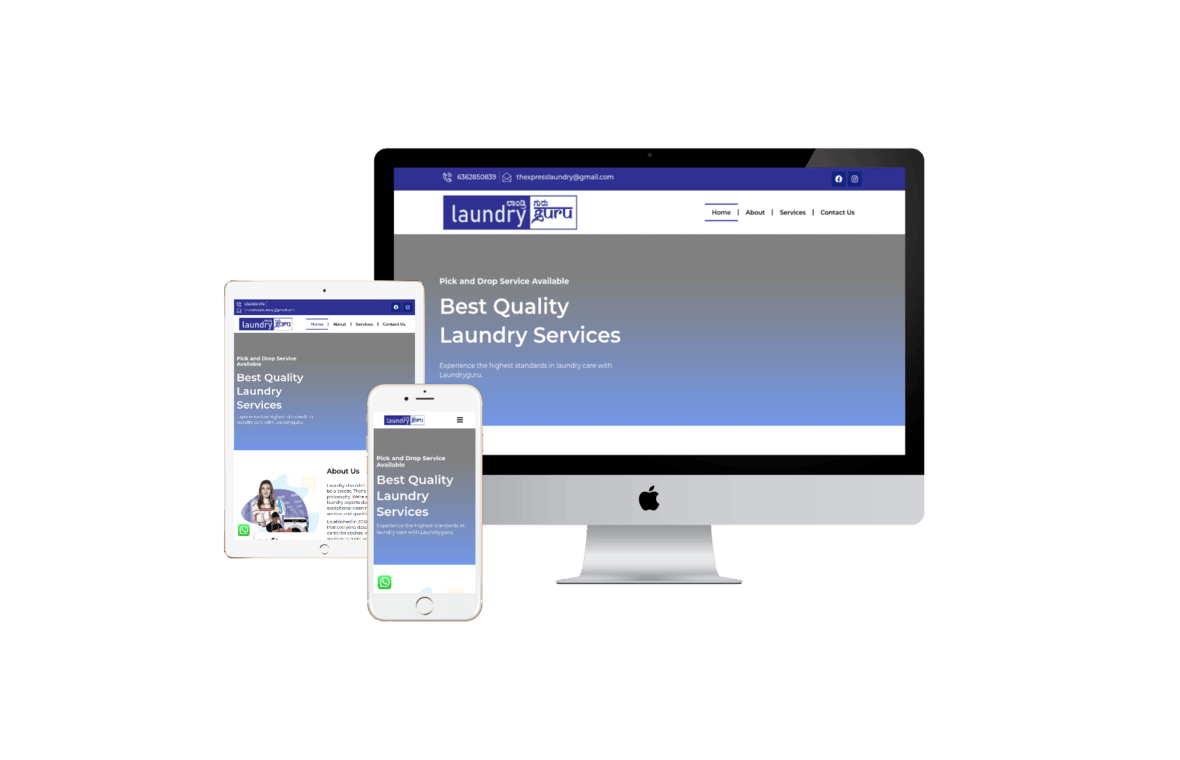
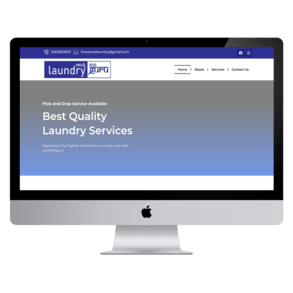
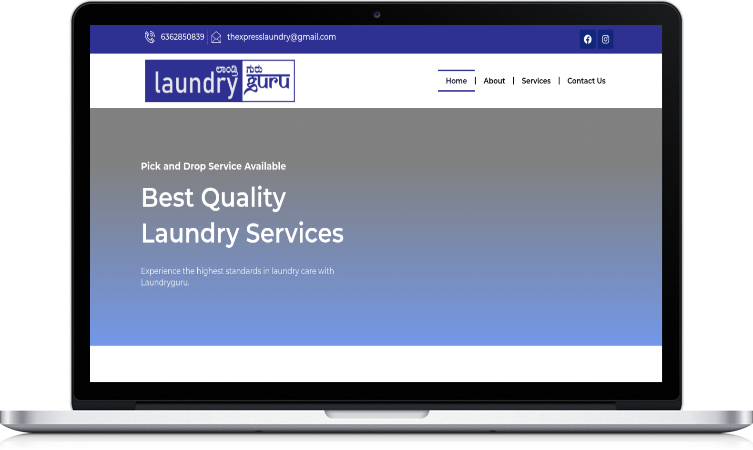
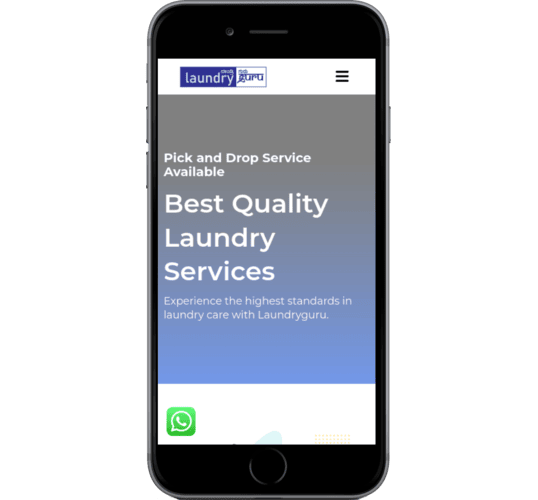
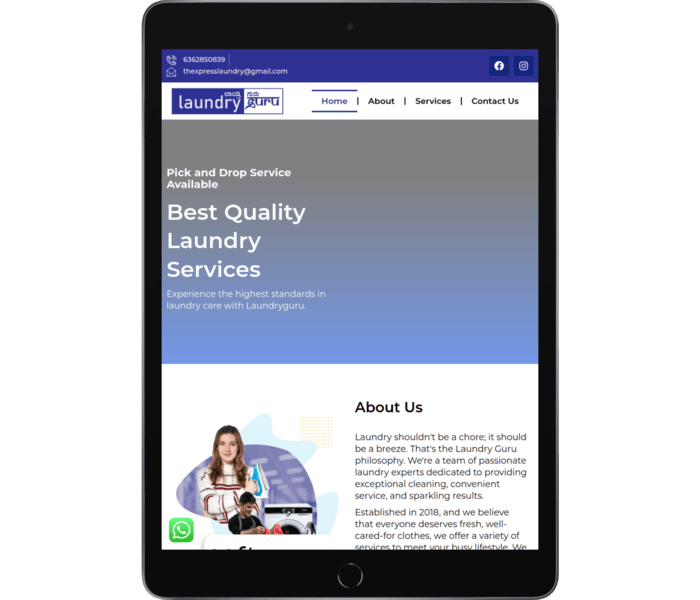
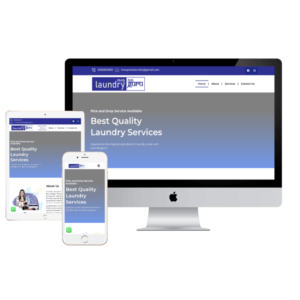
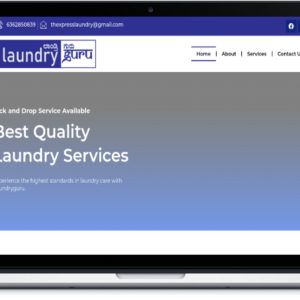
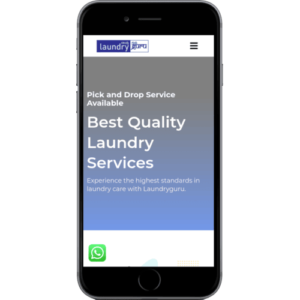
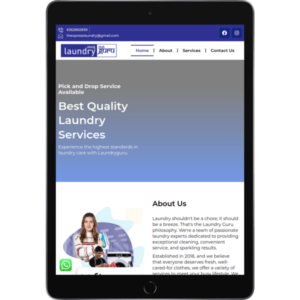
Reviews
There are no reviews yet.